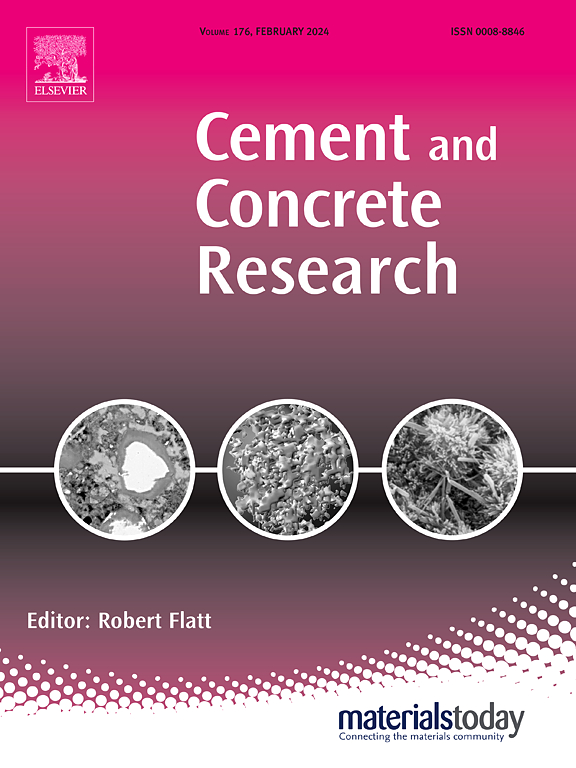方解石和碳化水泥浆对铌(V)的保留:异糖酸和氯化物的定量描述和影响
IF 13.1
1区 工程技术
Q1 CONSTRUCTION & BUILDING TECHNOLOGY
引用次数: 0
摘要
研究了铌在方解石和碳酸水泥中的吸附实验,模拟了水泥降解的第四阶段,以93Nb和95Nb (t1/2 = 35.0天)作为核废料中94Nb (t1/2 = 2.104年)的探针。在方解石体系中,初始吸收(t = 3 d时Rd≈103 L·kg - 1)之后,随着时间的推移,分布比稳步增加(Rd >;2·104 L·kg−1 (t = 89天)。这被解释为快速吸附,然后缓慢结合到方解石结构中。在碳化水泥中观察到的较强的吸收率归因于具有较大表面积的非晶相的存在。与异糖酸(ISA)配合物的形成略微降低了Nb(V)的吸收,而氯化物对Nb(V)的吸收影响较小,达到2.0 M NaCl。这项工作提供了改进的定量描述和核废料储存库中94Nb保留的机制理解。本文章由计算机程序翻译,如有差异,请以英文原文为准。
Retention of niobium(V) by calcite and carbonated cement paste: quantitative description and impact of isosaccharinic acid and chloride
Sorption experiments with niobium(V) in calcite and carbonated cement were conducted simulating cement degradation stage IV. 93Nb and 95Nb (t1/2 = 35.0 days) were used as probes of 94Nb (t1/2 = 2·104 years), expected in nuclear waste. In calcite systems, an initial uptake (Rd ≈ 103 L·kg−1 at t = 3 days) was followed by a steady increase of distribution ratios with time (Rd > 2·104 L·kg−1 at t = 89 days). This was explained as fast adsorption, followed by slow incorporation into the calcite structure. The stronger uptake observed for carbonated cement is attributed to the presence of amorphous phases with larger surface area. The formation of complexes with isosaccharinic acid (ISA) slightly decreases Nb(V) sorption, whereas chloride has a minor effect on the uptake of Nb(V) up to 2.0 M NaCl. This work provides an improved quantitative description and mechanistic understanding of 94Nb retention in repositories for nuclear waste.
求助全文
通过发布文献求助,成功后即可免费获取论文全文。
去求助
来源期刊

Cement and Concrete Research
工程技术-材料科学:综合
CiteScore
20.90
自引率
12.30%
发文量
318
审稿时长
53 days
期刊介绍:
Cement and Concrete Research is dedicated to publishing top-notch research on the materials science and engineering of cement, cement composites, mortars, concrete, and related materials incorporating cement or other mineral binders. The journal prioritizes reporting significant findings in research on the properties and performance of cementitious materials. It also covers novel experimental techniques, the latest analytical and modeling methods, examination and diagnosis of actual cement and concrete structures, and the exploration of potential improvements in materials.
 求助内容:
求助内容: 应助结果提醒方式:
应助结果提醒方式:


